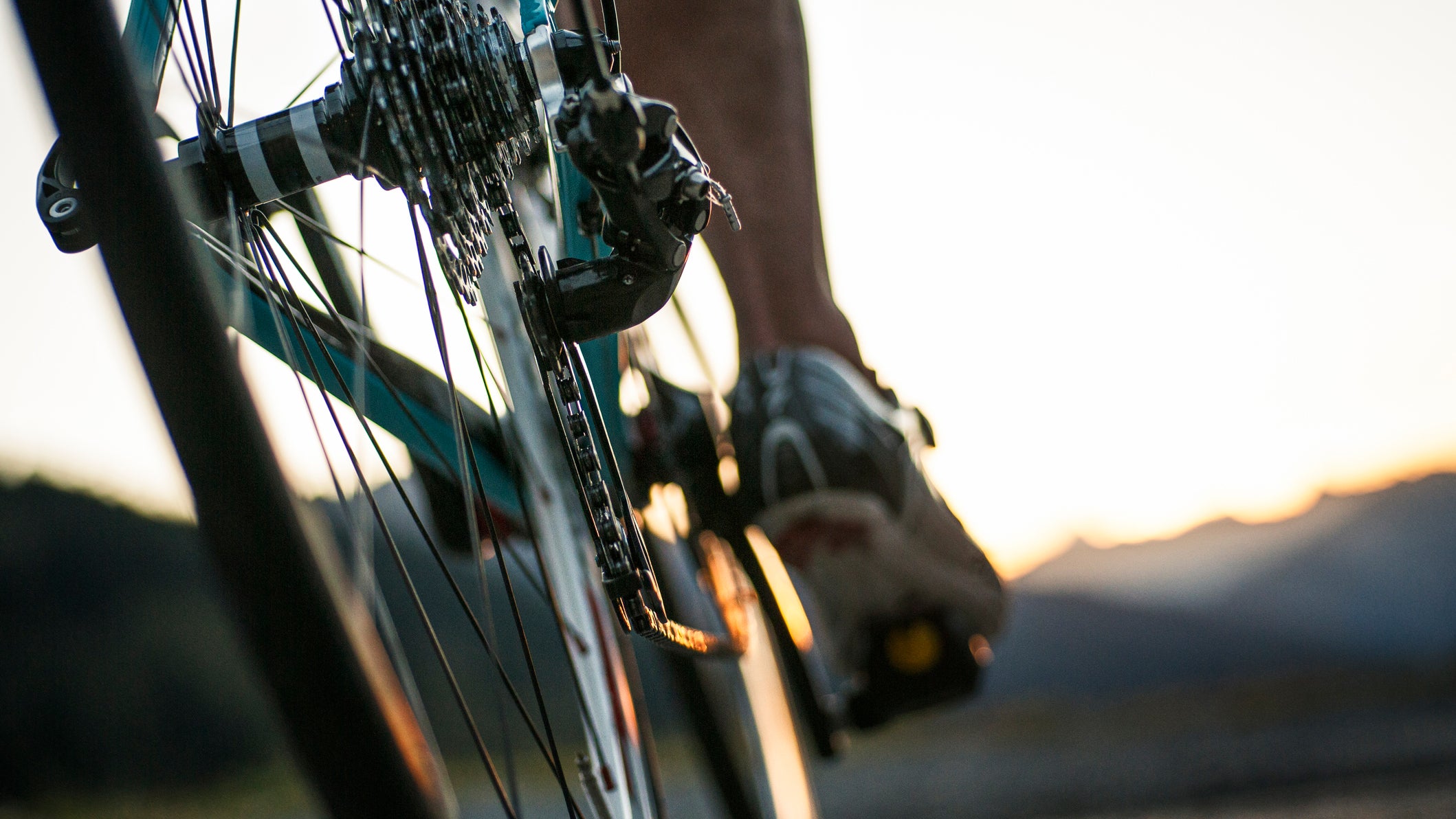Don't Underestimate the Importance of Pedaling Efficiency

It’s all too easy to fall into the trap of thinking that if you ride more, you’ll become a better cyclist. While this, of course, can be true, there are many other aspects of your cycling that can help contribute to making you a faster, fitter, and smarter rider. Improving your pedaling technique is one of the most important skills you can focus on to help you make better use of your power, ultimately improving your performance on the bike. Put simply, better pedaling can make you go faster for the same effort.
Recent studies have shown that although pedaling action might seem limited to turning the cranks in a fixed circle, there is enough freedom within the pedal stroke for output (the forward motion resulting from the force you exert on the pedals) to vary considerably between riders who are inputting the same average power. This means there is a measurable amount to be gained from pedaling effectively: raising your functional threshold power (FTP) by 10, 20, or even 30 watts is achievable, along with improved output on the bike.
Better Pedaling Can Make You Go Faster for the Same Effort
As a direct result, an increasing number of coaches and riders are now viewing poor pedaling not as a limitation but as an opportunity to find extra performance gains. When cycling coach and bike fit guru Matt Bottrill appeared on Triathlete’s Fitter & Faster podcast, he referred to pedaling efficiency as “probably the single most important thing” we will see triathletes concentrate on in cycling training over the coming years. Many coaches are increasingly using your Pedaling Effectiveness Score (PES), a score designed by Wattbike, the British indoor smart bike manufacturer, to both test and improve pedaling. It measures and rates your pedaling as you ride and allows you to view it—and improve it—in real time. It works by comparing the gross force applied to the pedals with the net force, that is, the proportion of force that actually goes towards creating torque and turning the chainrings.
The visual representation of your pedaling, what Wattbike calls the “Polar View,” is shown in real time as you pedal. The force curve starts at the top and, moving in a counter-clockwise direction, shows your left leg for the first 180 degrees before your right leg takes over at the six o’clock position. The further the distance from the center point, the more force is being produced. So, where the shape pinches in the middle, less power is being produced, generally at the point of transition between left and right legs, when your feet are above each other and not pushing or pulling but instead “coasting” over the top. The graph changes color, as well as shape, according to your PES.
Poor Technique
Red indicates a poor technique (PES 0-60) and mostly likely a figure-of-eight shape. Novice cyclists tend to stamp on the pedals rather than turn them, resulting in a reduction in effective force during the transition between legs.
Average Technique
An amber-colored graph denotes a PES of 60-70 and an average technique. Here we’re looking at a peanut shape rather than a figure-of-eight as more effective force is carried through during the transition between legs. Imagine scraping mud off the ball of your foot as it reaches the bottom of the pedal stroke. This helps eliminate the dead spot between the left and right downstrokes, which is the most powerful phase.
Optimum Technique
When the graph turns green you’re pedaling optimally, with a PES of 70-80, and a smoother sausage shape that represents balanced force input between legs and good momentum being maintained throughout the stroke.
Because you’re watching the graph change in real time and you’re able to view an average PES for your session—as well as left/right leg balance—you can adapt, finesse, and practice your pedaling until efficient technique becomes second nature.
Applied sports scientist Dr Barney Wainwright, who helped develop PES with WattBike, said: “What we’re looking for with effective pedaling is a nice balance between left and right, hopefully 50/50; we’re trying to make the most of the muscles in your lower legs and use them appropriately.
He continued: “Mechanical efficiency is the result of the total force you put into the pedals and also what part of that is effective and actually helps turn the pedals around and propels you forwards.”